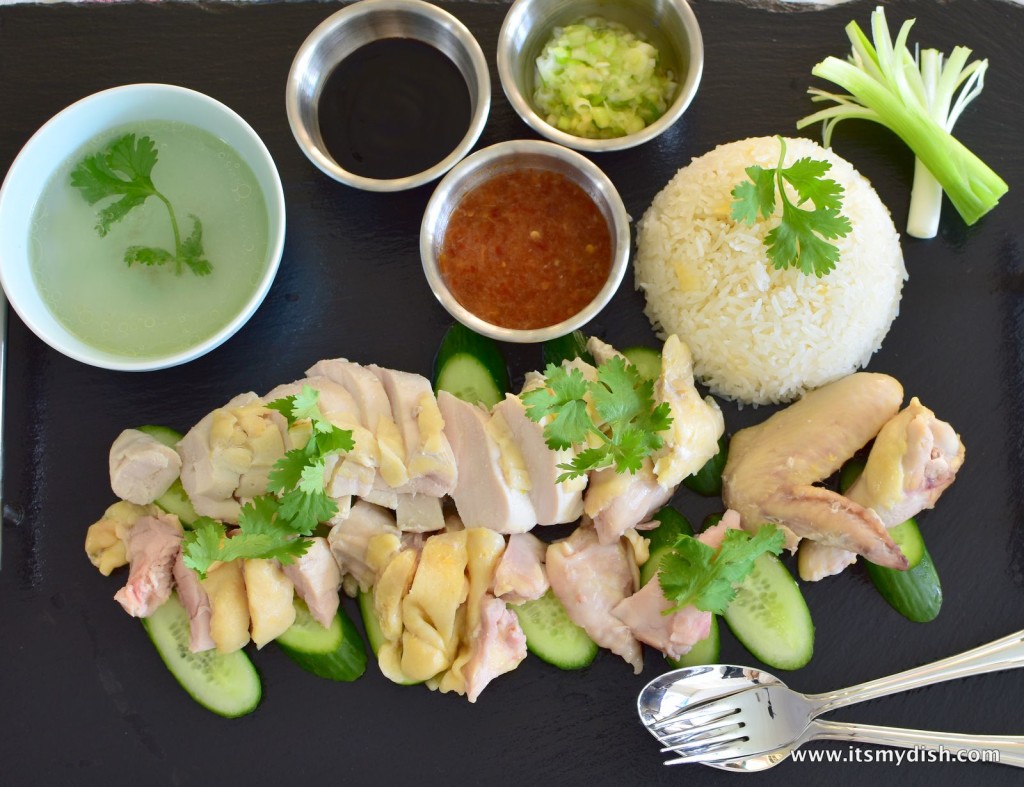 In recent years, with the successful kickstarter campaign from Anova, sous vide devices have now become affordable for the every day consumer. Both Jeff and I got an Anova Precision Cooker in this past year so we thought for our October Mike vs Jeff challenge, we wanted to see whether or not we can adopt Asian recipes using sous vide style cooking.
In recent years, with the successful kickstarter campaign from Anova, sous vide devices have now become affordable for the every day consumer. Both Jeff and I got an Anova Precision Cooker in this past year so we thought for our October Mike vs Jeff challenge, we wanted to see whether or not we can adopt Asian recipes using sous vide style cooking.
Up to this point, I’ve made steaks using the sous vide method as well as chicken breasts. Steaks are amazing cooked sous vide because you get the perfect ‘doneness’ without the concern of overcooking steak. Chicken breast also comes out excellent because if chicken breast is ‘overcooked’, it can be dry and rubbery. With sous vide, the chicken breast come out tender and moist. I do admit that I don’t use my sous vide very often because I don’t have time to sit there and wait for sous vide and I don’t want to run it all day due to the high cost of electricity. So for me, it’s that special occasion on the weekend that I have time to let the food cook sous vide for a few hours and then finishing over the stove to brown.
It’s hard to come up with a proper Asian dish to sous vide because many Asian dishes require flash cooking over high heat to sear and to flavor. The ‘wok hei’ is very important to success. On the other hand, there are many braising dishes in Asian cuisine but the temperature doesn’t matter as much because the main focus is a long slow cooking to break down all the proteins. After thinking awhile, I came up with the Hainan Chicken Rice which can be sous vide to perfection because the trick about this dish is to cook the chicken just right so it doesn’t get overcooked and stays tender and juicy.
The advantage of sous vide cooking Hainan chicken is that I can control the temperature to just right and not worry about over cooking the chicken or under cooking the chicken. There is a greater range of buffer for comfort. For example, this chicken needs to be cooked between 1 to 2 hours but you can go as long as 3 or 4 hours without worrying about overcooking.
Now, if you never had Hainan Chicken Rice (or Hainanese Chicken Rice), it’s definitely worth the effort to try. Usually I don’t eat a lot of rice, but with this dish, I make sure to eat a full bowl of rice. Sometimes, just the ginger sauce drizzled over rice is satisfying already. The proper Hainan chicken rice has 5 main components. First is the ‘poached’ chicken, lightly seasoned. Second, the rice is cooked in chicken broth and chicken fat to give it extra flavor. Third is the various dipping sauces for the chicken, including ginger sauce, chili sauce, and sweet soy sauce paste. Fourth component is the cucumber or cucumber and tomato salad that refreshes the palate after each bite. And last but not least, the chicken soup to finish off the meal.
Ingredients:
Chicken
Chicken Rice
- 3 cups uncooked long grain jasmine rice
- 2 tbsp chicken fat
- 1 tsp sesame oil
- 3 cloves garlic
- 1” ginger
- 3 cups of chicken stock
- 1 tsp salt
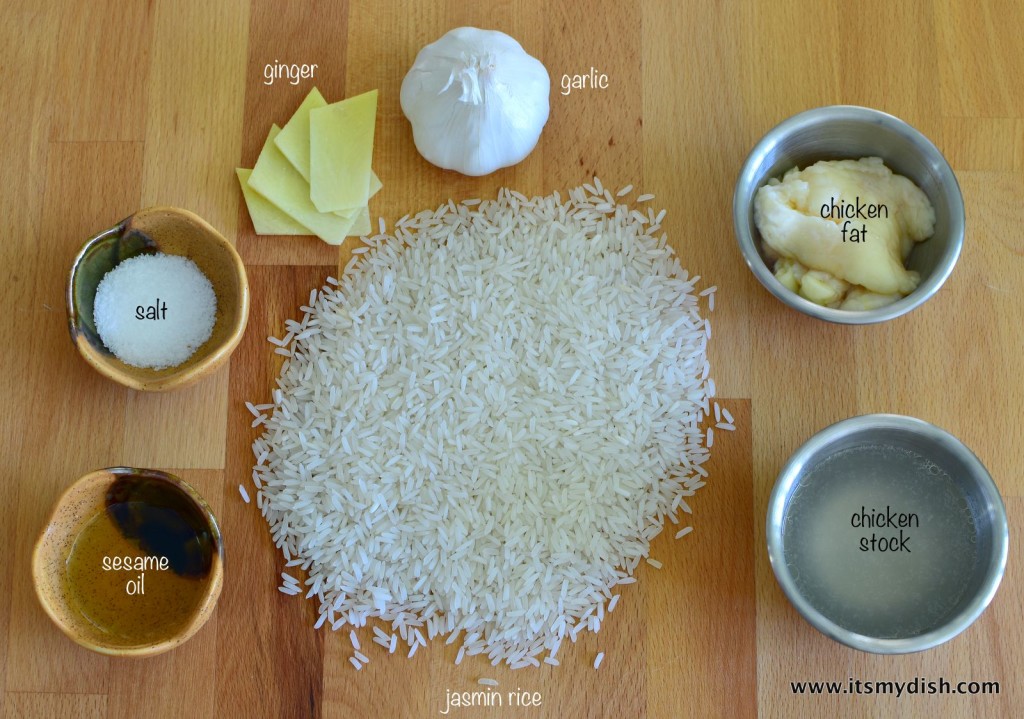
Ginger Sauce
- 3” ginger
- 4 stalks green onion
- 2 tsp salt
- ¼ cup vegetable oil
Chili Sauce
- 10 fresh red chili
- 4 cloves garlic
- 1″ ginger
- 1 tbsp lime juice
- 2 tbsp chicken broth
- 1 tsp salt
Sides
- cucumber
- cilantro
- soy sauce paste
Directions:
Once you remove the chicken from the package, a very important step for delicious Hainan chicken is to massage the chicken and exfoliate the skin. Take the kosher salt and rub firmly on the skin to create friction to assist in removing dead skin from the chicken. Rinse with water and set aside. Pro Tip: By exfoliating the chicken, the skin will be tender and delicious.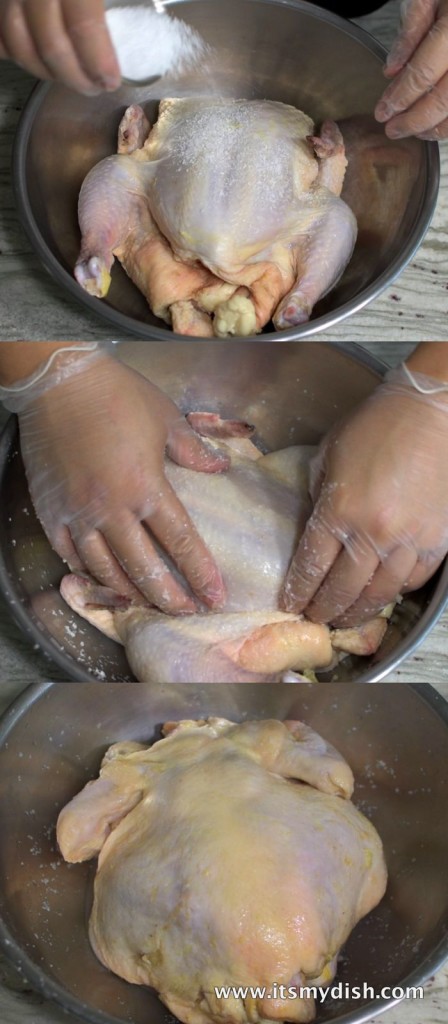 Next, cut the chicken to pieces. We will be using the breast, wings, and legs for the sous vide while the rest of the carcass will be used for broth. At this point, if you want a true Hainan chicken rice, you will need to cut the pieces of fat right near the thigh and butt area and save for later. Bag the breast, legs, and wings separately while placing a few slices of ginger and green onion in each bag. Leave about 3 slices and 1 stalk of green onion for the chicken broth.
Next, cut the chicken to pieces. We will be using the breast, wings, and legs for the sous vide while the rest of the carcass will be used for broth. At this point, if you want a true Hainan chicken rice, you will need to cut the pieces of fat right near the thigh and butt area and save for later. Bag the breast, legs, and wings separately while placing a few slices of ginger and green onion in each bag. Leave about 3 slices and 1 stalk of green onion for the chicken broth.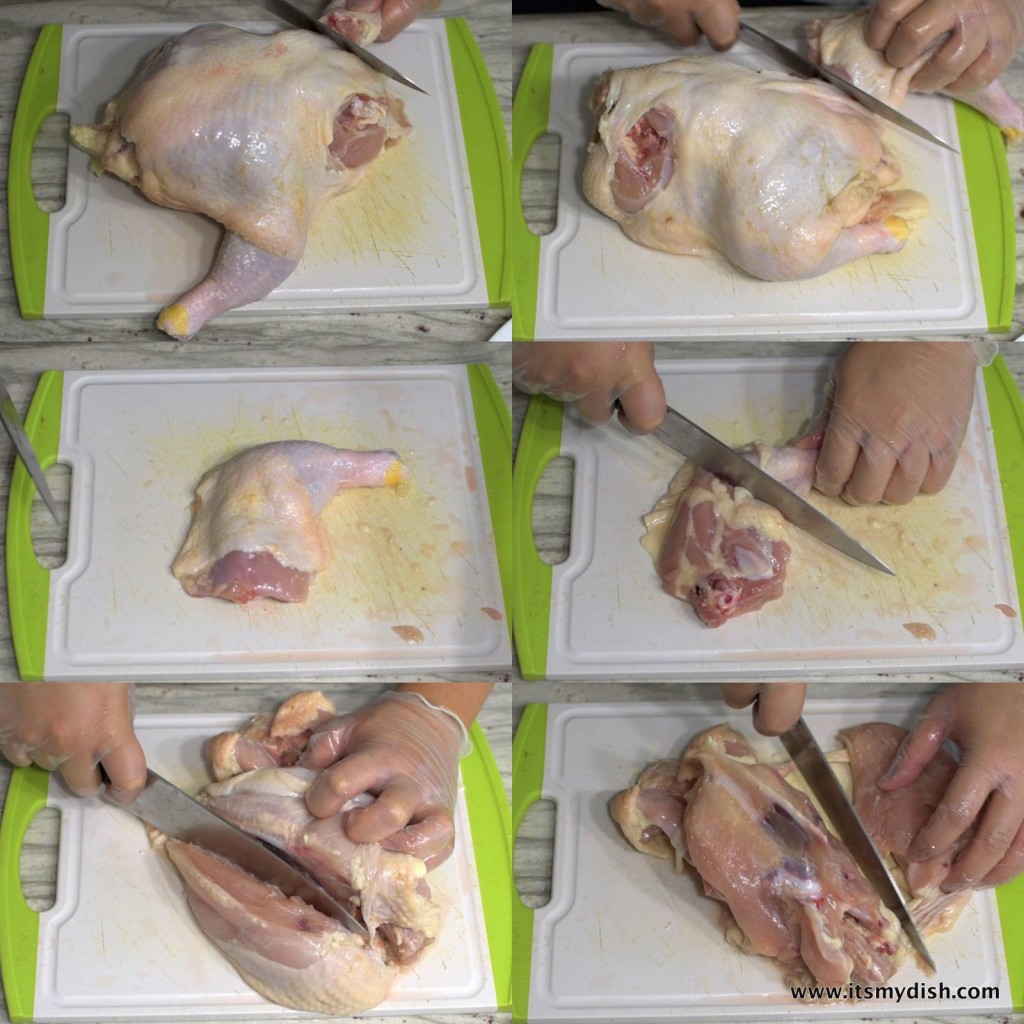 In a pot of water, add the ginger, green onion, chicken bones, and 1 tsp of salt and bring to a gentle boil then turn down to simmer. Cook the chicken broth for about 30 minutes to 1 hour.
In a pot of water, add the ginger, green onion, chicken bones, and 1 tsp of salt and bring to a gentle boil then turn down to simmer. Cook the chicken broth for about 30 minutes to 1 hour.
Meanwhile, in another large pot of water, insert the sous vide device and set temperature to be 150° F. Then seal the bags either using the water immersion method or vacuum sealer and place into pot when the water has reached the proper temperature. Sous vide for 1.5 hours and remove.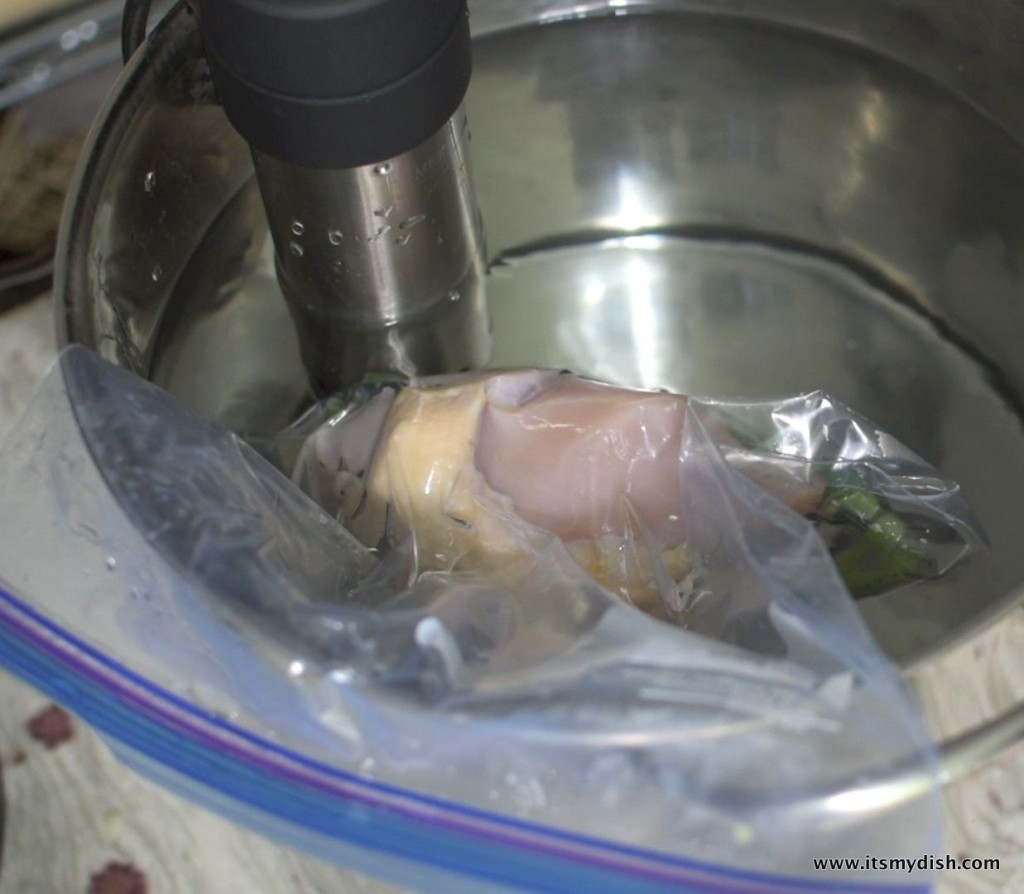 While we are waiting for both the broth and chicken to be cooked, we can prep the sauce and the garnish. Slice cucumber on the bias at about 1/4″ thick so there is some thickness as you bite into it.
While we are waiting for both the broth and chicken to be cooked, we can prep the sauce and the garnish. Slice cucumber on the bias at about 1/4″ thick so there is some thickness as you bite into it.
The chili sauce is pretty simple to make. Depending on how much heat you want, you can either remove the seeds to the red chili or leave them in there. I couldn’t find any red chili so I substituted with sambal oelek chili sauce. Add garlic, ginger, lime juice, chicken broth, and salt to the chili and blend in a blender until smooth.
The ginger sauce is also easy but requires a bit of ‘cooking’. Finely grate the ginger and mince the green onions. Next, heat up 1/4 cup of vegetable oil until smoking point and pour the oil over the ginger and green onion mixture. Be very careful as the oil may cause splattering – and use a heat proof container. Add salt to taste. Now that the broth is ready, we can make our chicken rice. Wash and drain the Thai Jasmine rice. Heat up a pan and add the chicken fat and cook for 5 minutes to allow the fat to render to about 2 tbsp. Add sliced ginger, garlic, and sesame oil and continue to cook until fragrant. Add in the rice and salt and stir fry until rice is starting to be translucent as it soaks up the chicken fat. Pour contents into your rice cooker pot. Take the chicken stock and add to the rice cooker pot and cook the rice based on the rice cooker instructions. Pro Tip: When the rice is done, make sure to stir up the rice a bit to fluff it up. It will taste a lot better.
Now that the broth is ready, we can make our chicken rice. Wash and drain the Thai Jasmine rice. Heat up a pan and add the chicken fat and cook for 5 minutes to allow the fat to render to about 2 tbsp. Add sliced ginger, garlic, and sesame oil and continue to cook until fragrant. Add in the rice and salt and stir fry until rice is starting to be translucent as it soaks up the chicken fat. Pour contents into your rice cooker pot. Take the chicken stock and add to the rice cooker pot and cook the rice based on the rice cooker instructions. Pro Tip: When the rice is done, make sure to stir up the rice a bit to fluff it up. It will taste a lot better.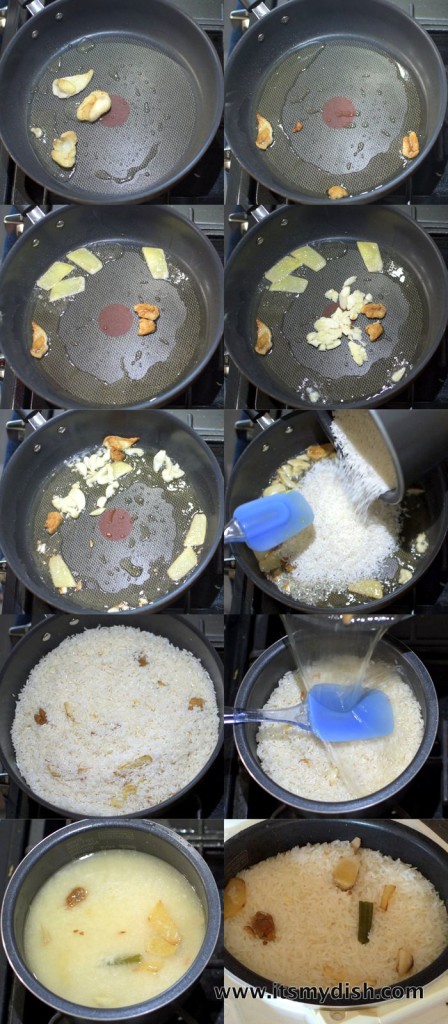 Sit back and relax (and go wash dishes and clean up the area) while we wait for the rice and chicken to cook. After 1.5 hours of sous vide, it’s time to remove the chicken and slice it all up. Ideally, you should also debone the drumstick and thigh to make feasting easier. I don’t recommend trying to debone the wing, you lose more than you gain there.
Sit back and relax (and go wash dishes and clean up the area) while we wait for the rice and chicken to cook. After 1.5 hours of sous vide, it’s time to remove the chicken and slice it all up. Ideally, you should also debone the drumstick and thigh to make feasting easier. I don’t recommend trying to debone the wing, you lose more than you gain there.
When the rice is done, then it’s time to plate and enjoy. Don’t forget to also have a bowl of the chicken soup on the side. The problem now is that there are three different sauces and you want to try them all!
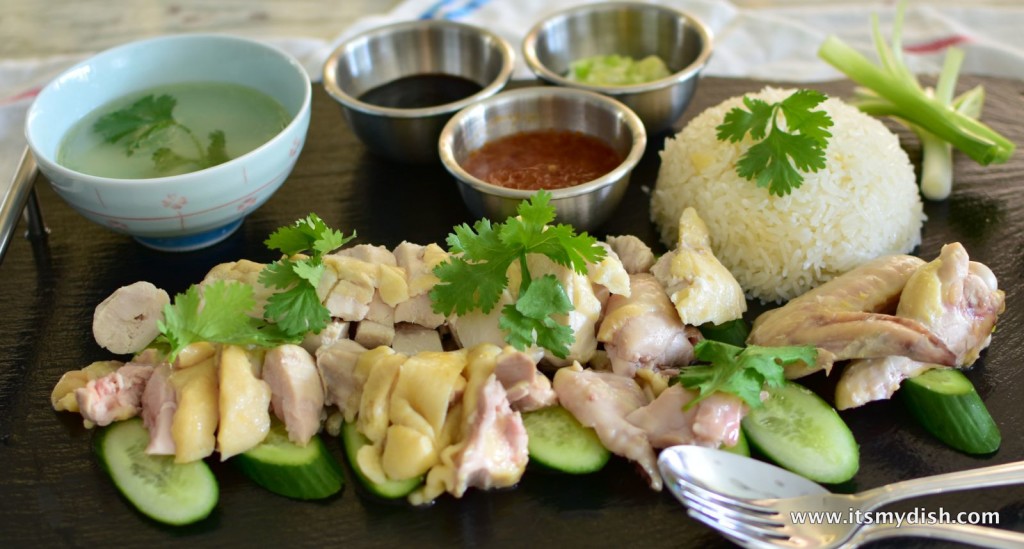 After spending about 2 hours making this dish, I have to say that the sous vide Hainan chicken turned out to be delicious. When compared to the traditional method of cooking, the sous vide chicken is definitely more tender for the dark meat while not overcooking the white meat. The flavor is also more intense because it’s not diluted in water. However, if I was to make any adjustments, I would probably leave the dark meat in the sous vide for another 30 minutes instead of taking both meat out at the same time to allow the dark meat more time to tenderize and fall off the bone.
After spending about 2 hours making this dish, I have to say that the sous vide Hainan chicken turned out to be delicious. When compared to the traditional method of cooking, the sous vide chicken is definitely more tender for the dark meat while not overcooking the white meat. The flavor is also more intense because it’s not diluted in water. However, if I was to make any adjustments, I would probably leave the dark meat in the sous vide for another 30 minutes instead of taking both meat out at the same time to allow the dark meat more time to tenderize and fall off the bone.
For what it’s worth, sous vide Hainan Chicken Rice was a good experience for me but if I was to make Hainan Chicken again, I would go with the traditional method which saves a bit of prep time and a lot of cooking time. Maybe that’s why sous vide hasn’t really picked up in Asian cooking? For another sous vide recipe suggestion, try Jeff’s Pork Ribs with Black Bean Sauce.

- 2-3 lbs whole chicken
- 2 tbsp kosher salt
- 1” ginger
- 5 stalks green onion
- 1 tsp sea salt
- 3 cups uncooked long grain jasmine rice
- 2 tbsp chicken fat
- 1 tsp sesame oil
- 3 cloves garlic
- 1” ginger
- 3 cups of chicken stock
- 1 tsp salt
- 10 fresh red chili
- 4 cloves garlic
- 1" ginger
- 1 tbsp lime juice
- 2 tbsp chicken broth
- 1 tsp salt
- 3” ginger
- 4 stalks green onion
- 2 tsp salt
- ¼ cup vegetable oil
- cucumber
- cilantro
- soy sauce paste
- Cut chicken up to have wings, legs, thighs, and deboned breasts and add ginger and green onion to sous vide.
- Sous vide chicken at 150°F for 1.5 hours, remove breast
- Sous vide legs and thighs for another 30 minutes
- Using the remaining carcass and make chicken stock by adding water, ginger, green onion and salt.
- Render chicken fat, stir fry with ginger and garlic and sesame oil until fragrant.
- Add in rice and continue stir-fry until rice is a bit translucent
- Put contents into rice cooker and add chicken stock
- cook rice according to rice cooker instructions
- Remove seeds from red chili (optional)
- Blend ingredients in a blender until smooth
- Finely grate ginger and mince green onions
- Heat up oil until smoking
- Pour oil onto ginger and green onion mixture
- Add salt to taste
- Garnish with sliced cucumbers and cilantro
- Pour out soy sauce paste as another dipping sauce

The sius vide method is a far cry from the normal poaching method. I find the sous vide method rendered a very dense texture and dry as opposed to the poaching method, silky and juicy. I was hoping for a smooth and silky skin but the result was rough and dried up rubber. As well, I had to extend the cooking time to over two hours even then the chicken thighs were only half cooked.
Sous Vide method basically helps to prevent over-cooking and can be adopted for boneless/skinless cuts of chicken instead of a whole chicken. I tend to agree with you in that the traditional method renders a more authentic Hainan chicken. ~Mike
I like you sous vide hainam chicken recipe… im gonna try it using slow cooker. Can I?
Slow cooker could probably work but important not to overcook in the slower cooker. You want to make sure the chicken still has a bite and chew not mushy. ~Mike
The Hainan chicken is never steamed. It’s always cooked in a ‘ sous vide method ‘traditionally we call it ‘soaking’.
Thank you for your comment. I think the better word would be poaching instead of steaming. I’ve updated the blog.
nice but is there a sauce missing for after the chicken is cooked and served.. There should be a drizzle of Soy sauce sesame oil and some shao xing wine .. mixed in.
There are many variations of sauces for hainan chicken, you can definitely use the soy sauce & sesame oil. I just used stored bought soy sauce paste instead.